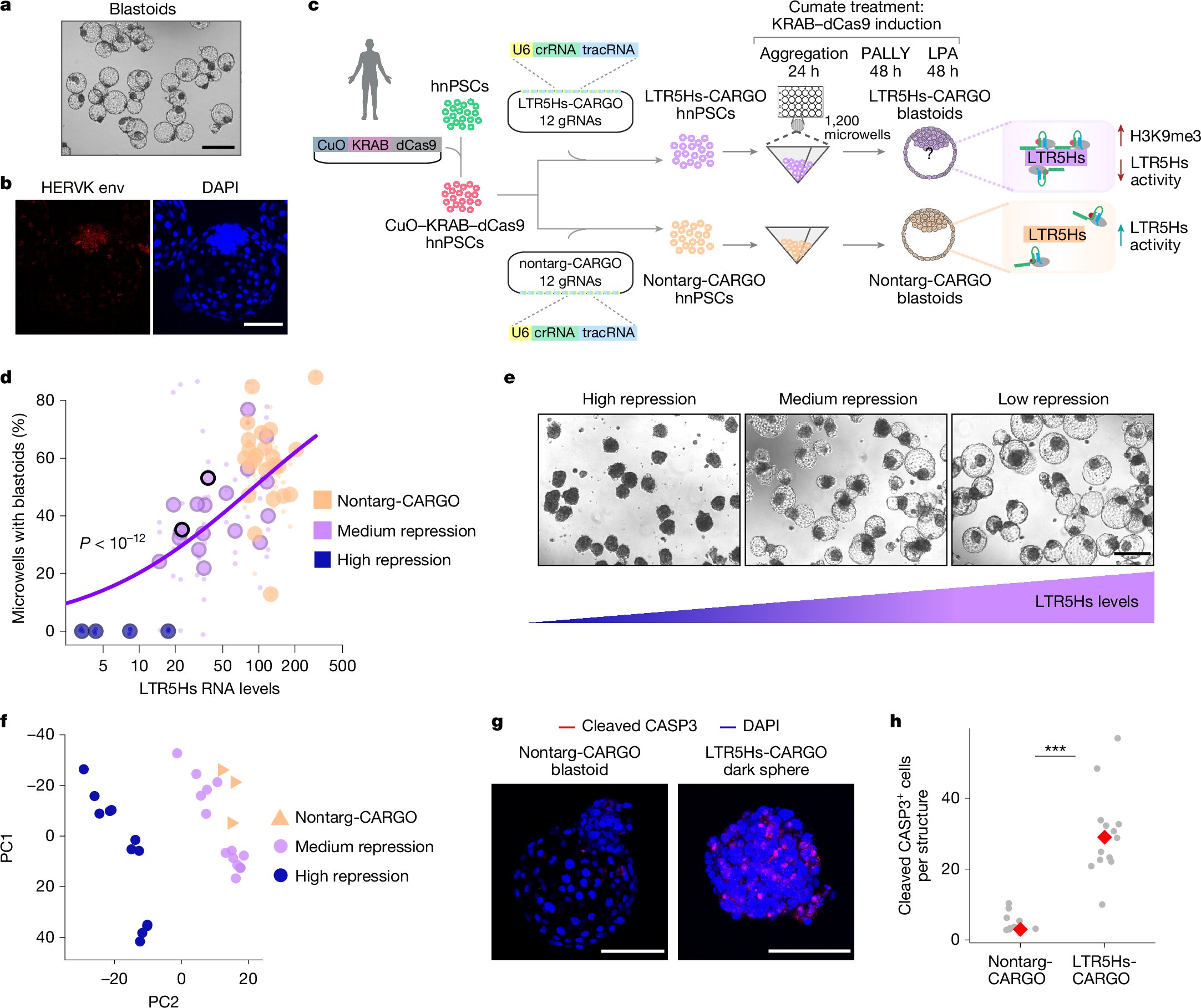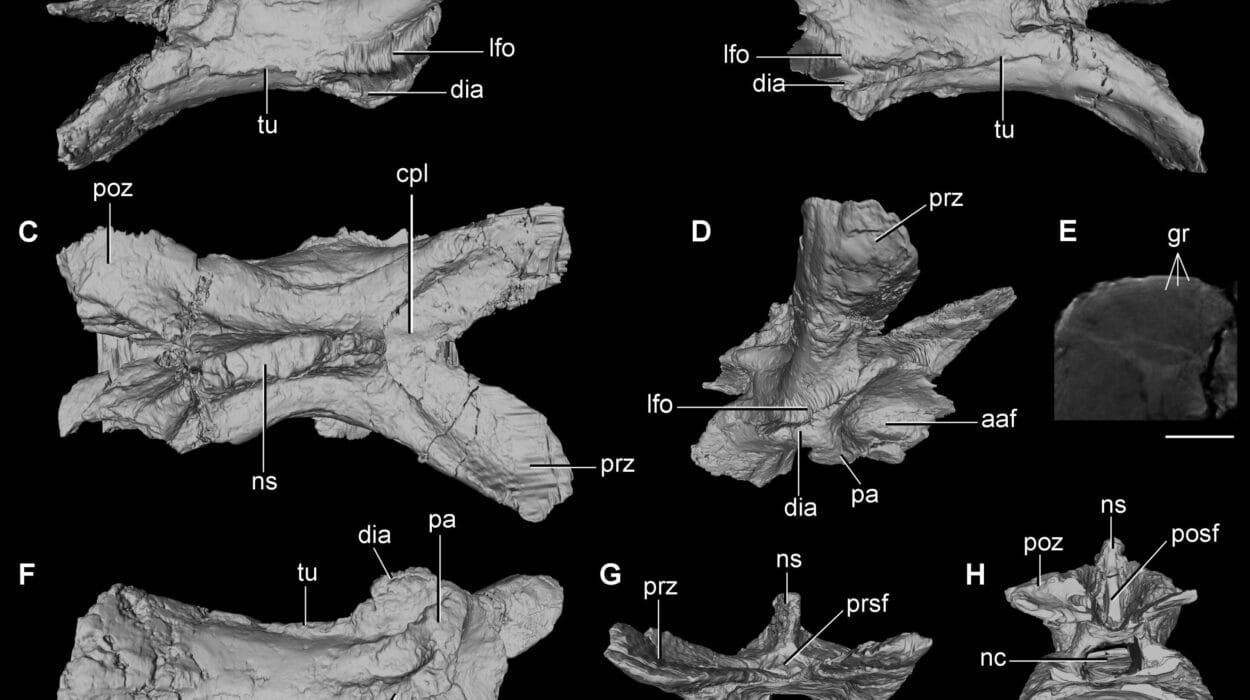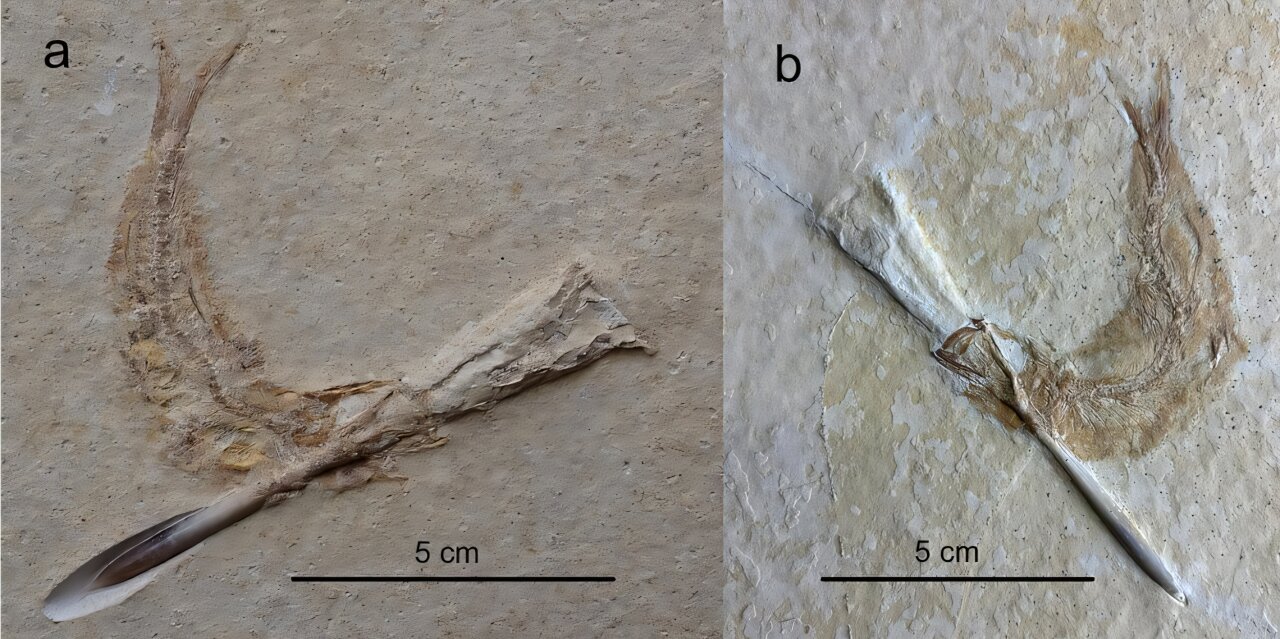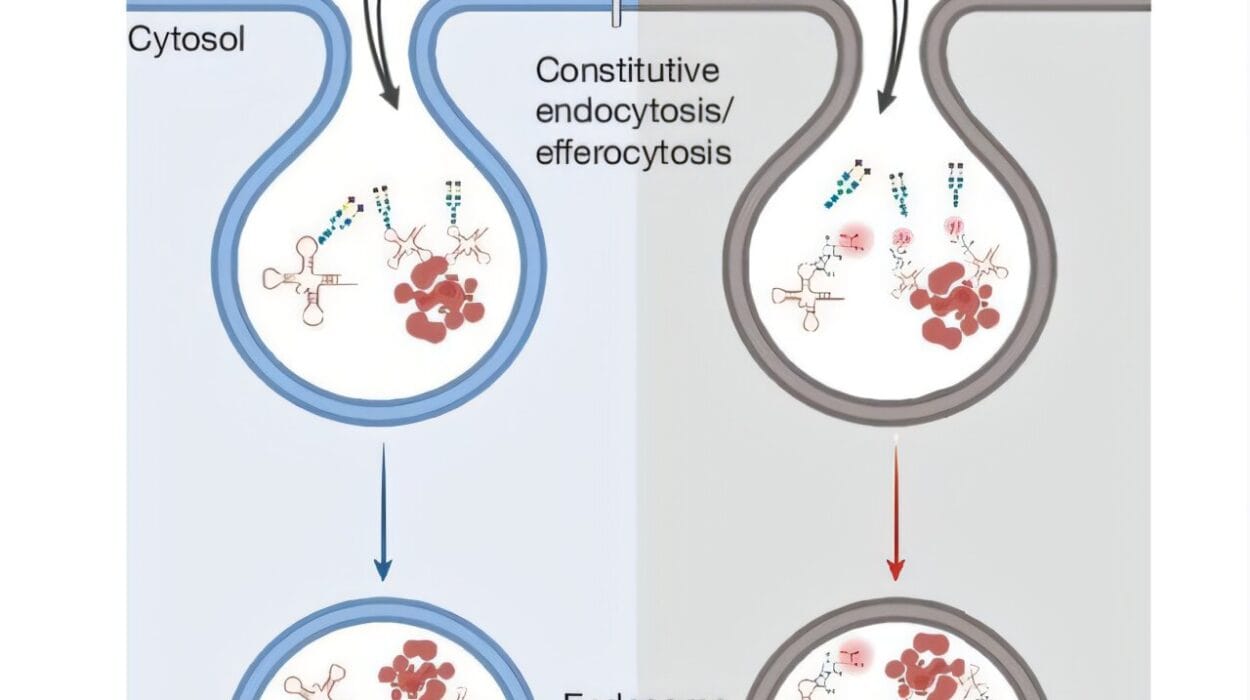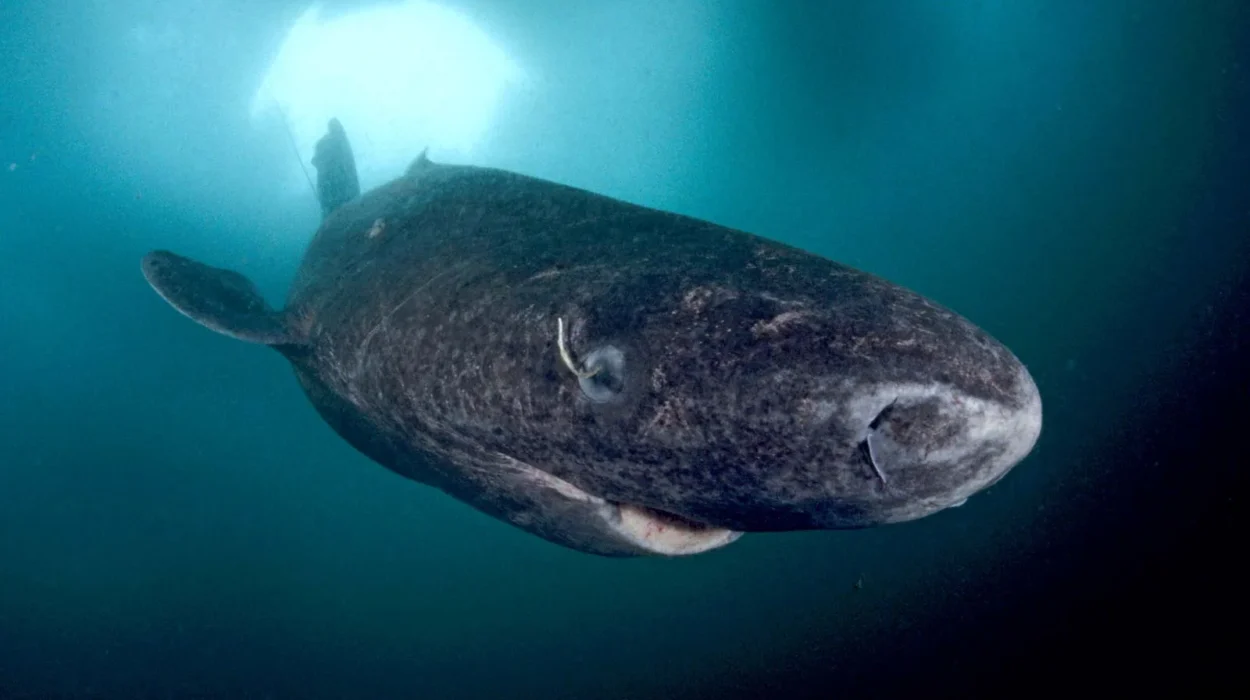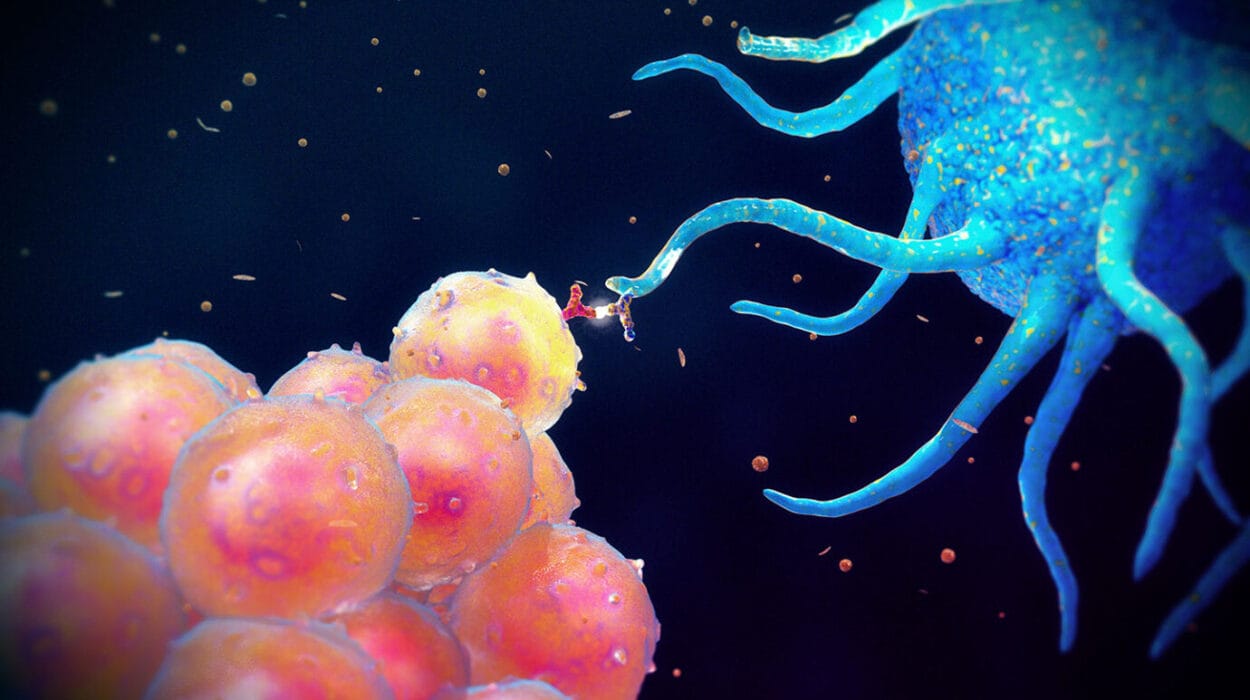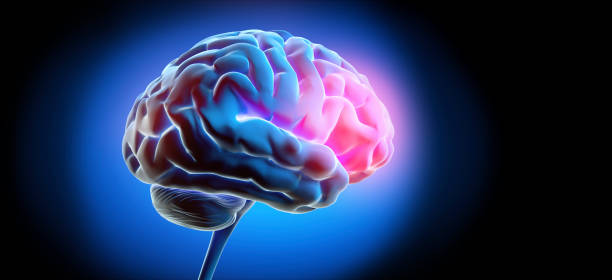Our ancient past is not always buried in ruins or fossils—it also lives within us, written into the deepest layers of our DNA. In fact, nearly 9% of the human genome consists of genetic remnants from ancient viruses, known as endogenous retroviruses (ERVs). These fragments are echoes of infections that swept through our ancestors millions of years ago. Instead of disappearing, the viral DNA became permanently woven into the human genetic code, passed down through countless generations.
For a long time, scientists thought of these viral remnants as nothing more than “junk DNA,” leftovers without purpose. Yet new discoveries are rewriting that view. A study published in Nature has revealed that one particular strand of this ancient viral code is not only active but absolutely essential for the earliest stages of human life. Without it, human development would not even begin.
Early Human Development and the Challenge of Study
Understanding human development is one of science’s most difficult challenges. Researchers cannot ethically experiment directly on embryos, which means the earliest steps of life remain partly shrouded in mystery. To get around this, scientists have developed a remarkable tool: human blastoids. These are 3D models grown from stem cells that mimic blastocysts, the ball of cells that forms in the very first week of pregnancy. Around five to seven days after fertilization, the blastocyst represents life’s first major architectural blueprint, setting the stage for everything that follows.
Blastoids allow scientists to ask daring questions about the very beginning of human existence—questions that would otherwise remain forever unanswered.
Viral DNA Put to the Test
The research team focused on one specific type of viral remnant called HERVK LTR5Hs. These viral sequences entered our genome after humans branched away from Old World monkeys, making them a relatively recent addition in evolutionary terms.
To test whether these genetic fossils had any real role, scientists used advanced gene-editing tools—molecular scissors capable of turning off or removing sections of DNA. They specifically switched off or deleted the LTR5Hs elements within the blastoids. What happened next was striking: the blastoids failed to develop properly. Instead of forming a structured ball of cells ready to implant in the womb, they either died or collapsed into disorganized clumps.
This dramatic outcome offered undeniable proof—these ancient viral sequences are essential for the earliest stages of human development. Without them, life cannot take hold.
Viral Enhancers and Genetic Control
To understand why LTR5Hs elements are so important, researchers looked more closely at what was happening inside the cells. They discovered that these viral remnants act as enhancers, genetic switches that boost the activity of nearby genes. In the blastoids where LTR5Hs was suppressed, many critical genes linked to the epiblast (the cluster of cells that eventually forms the embryo) lost their activity.
In other words, the viral DNA was directly controlling the genes that tell cells how to grow, specialize, and build the structures needed for early development. What once entered our genome as a viral invader has now become a fundamental part of our biological instructions.
The Master Key: ZNF729
Among the most remarkable findings was the discovery of a link between viral DNA and a human-specific gene called ZNF729. The researchers found that one unique LTR5Hs insertion acts as a “master key” for switching this gene on. ZNF729 regulates basic cellular processes like growth and metabolism—processes absolutely necessary for life.
This viral insertion does not exist in other primates; it is unique to humans. In other words, a long-ago viral infection introduced a genetic change that now sits at the heart of our development as a species. Without it, the instructions for building a human embryo would be incomplete.
Ancient Viruses, Modern Humanity
The idea that viruses helped shape what it means to be human is both astonishing and humbling. We often think of viruses only as threats—as causes of disease and death. Yet, here we see a different side of the story. Ancient viral infections, passed down through the ages, have been repurposed by evolution to serve essential roles.
It is not the first time scientists have found such a connection. Other studies have shown that viral DNA helps regulate genes involved in the immune system and even in the development of the placenta, the organ that nourishes a growing fetus. Far from being useless leftovers, ERVs have been woven into the very fabric of our biology.
A New Perspective on Human Origins
This discovery also transforms the way we see ourselves. Evolution is often imagined as a straight line, with new traits added by slow genetic changes. But the reality is more complex and more surprising. Our genome is a mosaic, a patchwork of ancestral human DNA and viral sequences that were once foreign invaders. These viral elements, once hostile, became allies—so integrated into our being that life without them would be impossible.
It is a profound reminder of our interconnectedness with the wider world of biology. We are not isolated creations but products of endless interactions, symbioses, and even infections. The human story is not just about survival of the fittest—it is also about cooperation, adaptation, and the unexpected gifts left behind by ancient viruses.
The Future of Viral DNA Research
This study opens the door to a new frontier of biology. By understanding how ERVs shape human development, scientists may one day unlock insights into infertility, miscarriage, and developmental disorders. They may also discover hidden viral influences on health and disease throughout our lives.
More broadly, this research highlights the incredible creativity of evolution. What once threatened life has been transformed into a foundation for life. Viral DNA, long dismissed as junk, is now recognized as a key player in the symphony of genes that makes us human.
The Poetry of Our DNA
At its heart, this discovery is both scientific and poetic. Within each of us lies a record of ancient battles, a genetic diary of encounters with viruses long extinct. Those viral remnants are not dead—they sing in the first days of our existence, guiding cells to form the embryo that becomes a person.
As senior author Joanna Wysocka noted, “Our results illustrate how recently emerged transposable elements and genes can confer developmentally essential functions in humans.” Her words capture the wonder of it: evolution is not finished. It is ongoing, dynamic, and full of surprises.
We often imagine our genomes as purely human, but in truth, they are shared histories written in borrowed ink. The very act of our beginning—the fragile, miraculous start of a new human life—depends on whispers from ancient viruses.
And so, our story is not just human. It is a story of survival, adaptation, and transformation across millions of years. It is the story of viruses becoming part of us, helping shape the very essence of what it means to be alive.
More information: Raquel Fueyo et al, A human-specific regulatory mechanism revealed in a pre-implantation model, Nature (2025). DOI: 10.1038/s41586-025-09571-1
